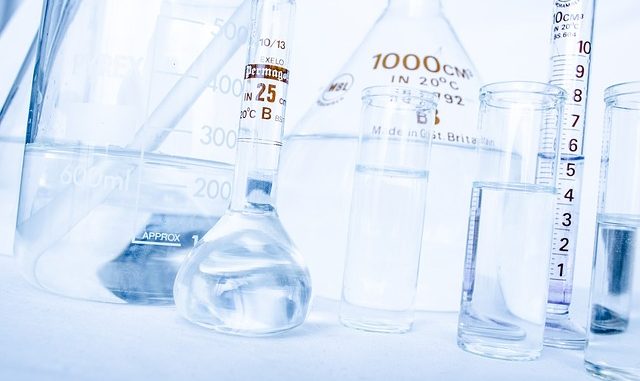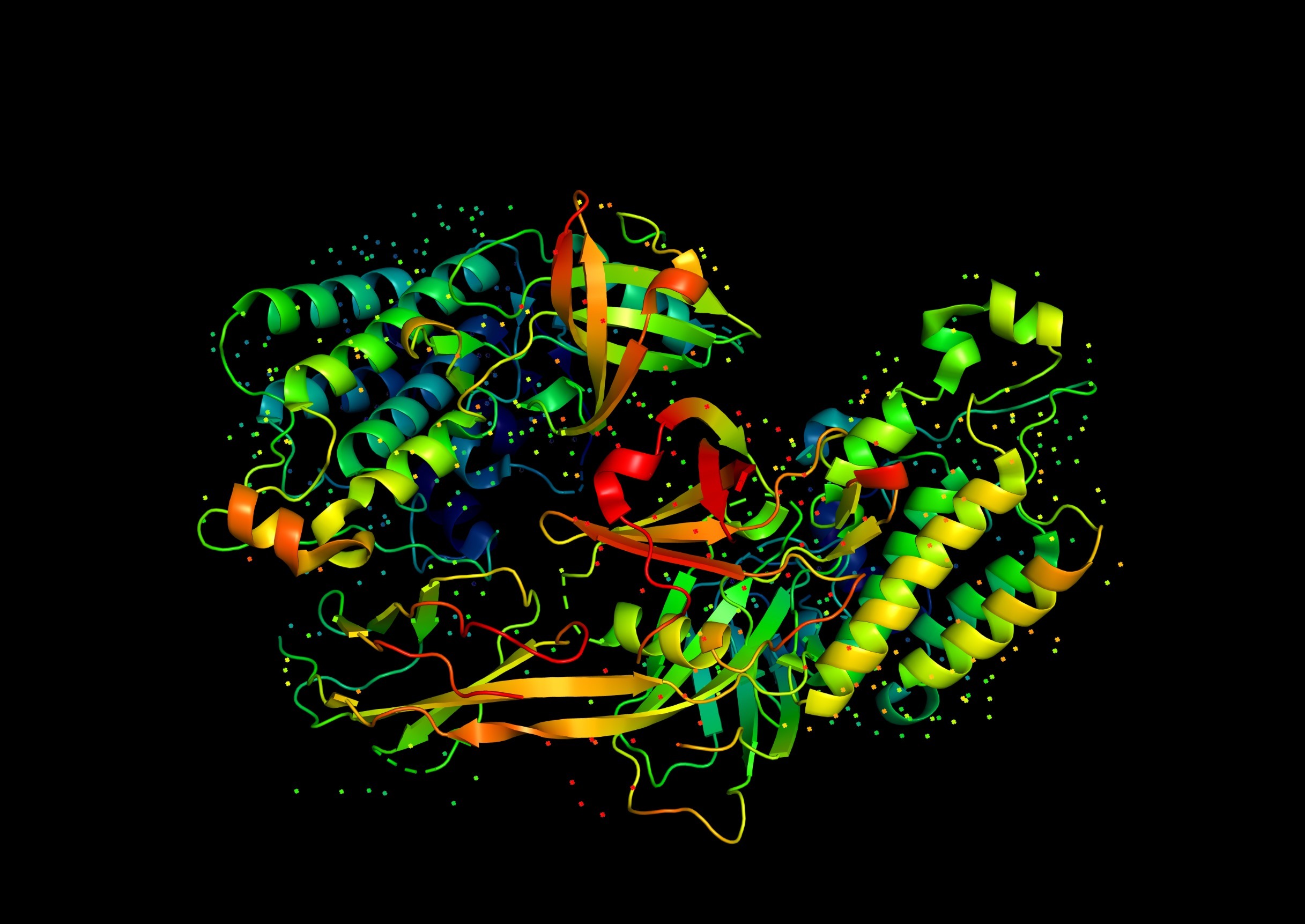
Western blotting or immune blotting as it might often be known is a real workhorse of the protein analysis world. It is probably the principal technique used to detect specific proteins in a complex mixture. The process of achieving this is complex but a fascinating example of how the specific power of antibodies have been used successfully in protein analysis.
Immuno-blotting is able to provide information on the degree of protein expression which is a relative to a control sample and on protein size based on a marker protein which runs alongside the sample.
The main steps in Western Blotting are:-
- Sample preparation to make the proteins ready for separation and analysis
- Separation of the proteins using Polyacrylamide Gel Electrophoresis (PAGE).
- Transfer of the proteins separated on the gel to a membrane
- Incubation with antibodies
- Detection of the proteins on the membrane.
Sample Preparation For Western Blotting
To obtain enough protein for analysis, cells are grown to the desired concentration (density) where they are centrifuged to collect the cells whilst the supernatant is discarded. These cells are washed in buffers to remove unwanted salts and other contaminants. The cell system is disrupted to release cell contents including the proteins which are further washed and treated with SDS (sodium dodecylsulphate). The proteins are rebuffered for SDS-PAGE electrophoresis. To complete sample preparation, the proteins are boiled for 5 minutes to fully denature them and prevent protease activity.
SDS is an important agent in dissociating any hydrophobic areas so the protein unravels and loses its 3D structure. It also coats the proteins in a highly electronegative charge so that they migrate through the electrophoresis gel under a potential difference. The protein also has maximum solubility because it is taken far from its isoelectric point.
SDS-PAGE
A discontinuous gel is run whereby a stacking gel is used for sample receipt and a resolving gel which allows the proteins to separate. All proteins run from the anode or negative end to the cathode or positive end. The percentage of gel used determines the pore size. The higher the percentage the greater the cross linking and the smaller the pore size. This means proteins move slower and may be better discriminated for if they have similar sizes.
The Western Transfer
Once the gel has been run and the proteins are separated, a PVDF or polyvinylidene fluoride membrane is applied to the gel. PVDF binds proteins to it. It has a protein binding capacity of between 170 to 100 micrograms per square cm. It also has good physical strength and enhanced binding in the presence of SDS.
Two types of transfer unit are available:-
- Semi-dry unit (BioRad offer such a unit)
- Mini Trans-blot
Antibody Incubation
When the proteins are transferred from the gel to the PVDF membrane, the exposed areas are blocked off with BSA (bovine serum albumin). Any blocking prevents further non-specific interactions. The whole membrane is then incubated with the first or primary antibody which is selective for the proteins of interest.
Detection
A second antibody is attached to horse radish peroxidase enzyme (HRP). This enzyme catalyses the oxidation of luminol which fluoresces. This antibody is active against the first and binds to it. Extensive washing means only the bound 2nd antibody is present on the membrane.
The second antibody with enzyme attached oxidises the added luminol which is detected on film. The intensity of the light correlates with the abundance of protein present. Chemical enhances are added to boost the level of chemiluminescence or light created. The level of increase can be 1000 fold.
Notes On Western Blotting Technology
Whilst PVDF is an ideal membrane to use for clotting, nitrocellulose is often used too.

Thanks for writing about this technology. I struggled to understand the technique according to my lecture notes. I am relying very much on what you write for my essays. Just keep going!